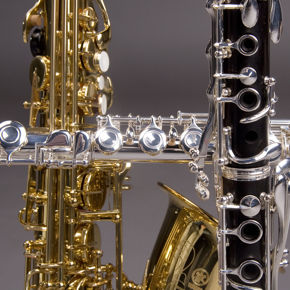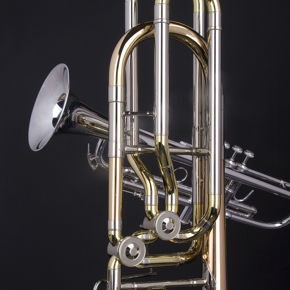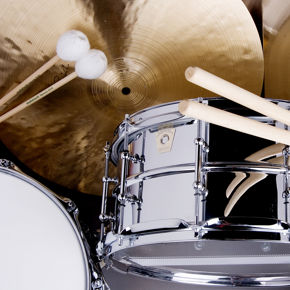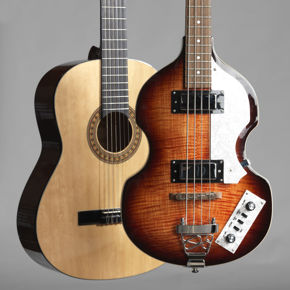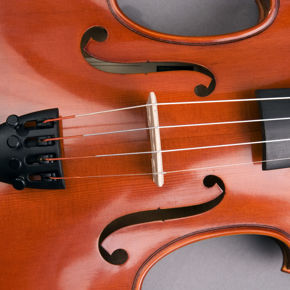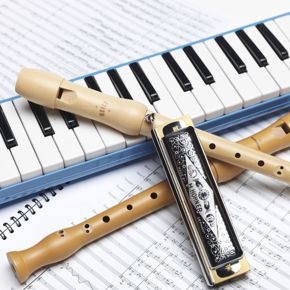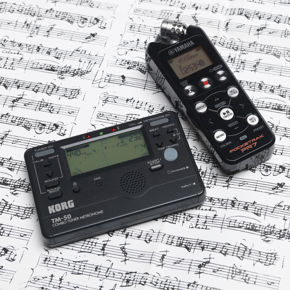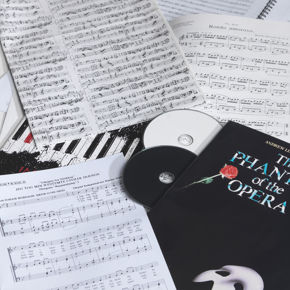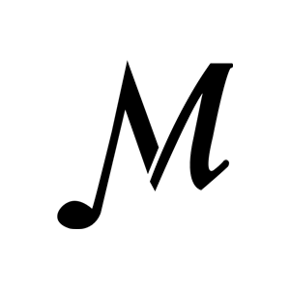Brandt 1. Konzertstück (1st Concert Piece)
Instrumentation: Cornet or Trumpet and Piano
Difficulty (I-VI): V
Parts for: Cornet or Trumpet in Bb, Piano
Series: Brandt Complete Works
Editor: Edward H. Tarr
The trumpeter, composer, and conductor Willy Brandt (1869-1923) came from Bavaria, emigrated to Moscow, and exerted a decisive influence on the Russian school of trumpet-playing. He is revered even today, not only in Russia.
Brandt came from Coburg. A birth certificate cannot be found, and it is assumed that he must have been born in one of the outlying villages. He is said to have studied for four years at the local music school, which was directed by the court musical director Zimmermann. At the age of eighteen he was already a virtuoso. He spent at least two summer seasons (1887 and 1888) in the spa orchestra in Oeynhausen, from where he would leave at the end of September for Helsinki, where he was active in the Orchestra Society as 1st trumpeter and soloist for the three winter seasons from 1887 to 1890.
On the 3rd of September, 1890, Brandt appeared at an audition for the position of 1st trumpeter in the opera orchestra of the Bolshoi Theatre in Moscow a few minutes too late. The position had already been filled. Since he came from such a great distance, he was allowed to perform for five minutes. His rendition of an Arban etude was so brilliant that the commission recognised him as a star. So as not to lose such an exceptional musician, they offered him a vacant contrabassoonists position. Soon after that he was given the coveted first trumpeters chair. Brandt thrived on new operas in the repertoire by Rimsky-Korsakov, Tchaikovsky, Wagner, and others, and enjoyed the respect and good feelings of the orchestra and his brass-playing colleagues.
This piece was published in 1910 by the well-known firm of Julius Heinrich Zimmermann (1851-1922), who had established a musical instrument store in St. Petersburg in 1876. Further branch offices were opened in 1882 in Moscow, 1886 in Leipzig, and 1903 in Riga. (1929, under the new name of Musikverlag Wilhelm Zimmermann, the publishing business was moved to Leipzig, and in 1945 to Frankfurt am Main, where it still flourishes.) Zimmermann published works by Russian, German, and Austrian composers, among them many instrumental methods.
Trumpets with rotary valves after Heckel and cornets with piston valves after Courtois, made by Zimmermann, belonged to the standard equipment of Russian trumpet players until the Revolution. Brandts pupil Tabakov played such a trumpet. Today it is on display in the M. l. Glinka State Central Museum of Musical Culture, Moscow. Even Brandt owned a Zimmermann cornet; today, as mentioned above, it can be seen in the Bad Säckingen Trumpet Museum. Between c. 1897 and 1912 Brandt and Tabakov belonged to a brass quartet of the Bolshoi Theatre, whose repertoire consisted of arrangements of Russian folk songs, beloved opera arias, and other works by Russian and foreign composers.6 With their cornets Brandt is probably holding his Zimmermann instrument the two can be seen in a photo of the quartet from the turn of the centurv.7 The present Concert Piece by Brandt, with its dramatic two-octave leap at the beginning, its virtuoso finale with triple tonguing (despite the possibility of slurring the triplets instead), and its strongly contrasting sections which again and again lead to powerful climaxes, belongs to a genre which could be described as light music on a high level. It never completely disappeared from the repertoire and can sometimes be found today on the programmes of international competitions.

